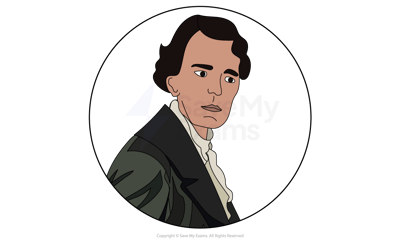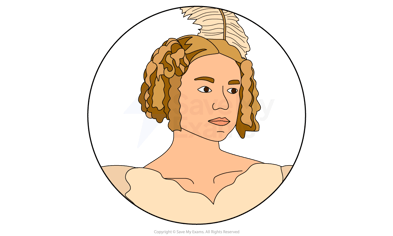Jane Eyre: Characters
The most important thing to remember about characters is that they are usually used to express a writer’s ideas. In Jane Eyre, Brontë’s characters symbolise her views about important aspects of human nature and society. Therefore, it is extremely useful to learn about each character and the way they interact and contrast with each other. This will help you to understand how they represent the central ideas in the novel.
Below, you will find character profiles of:
Main characters
Other characters










